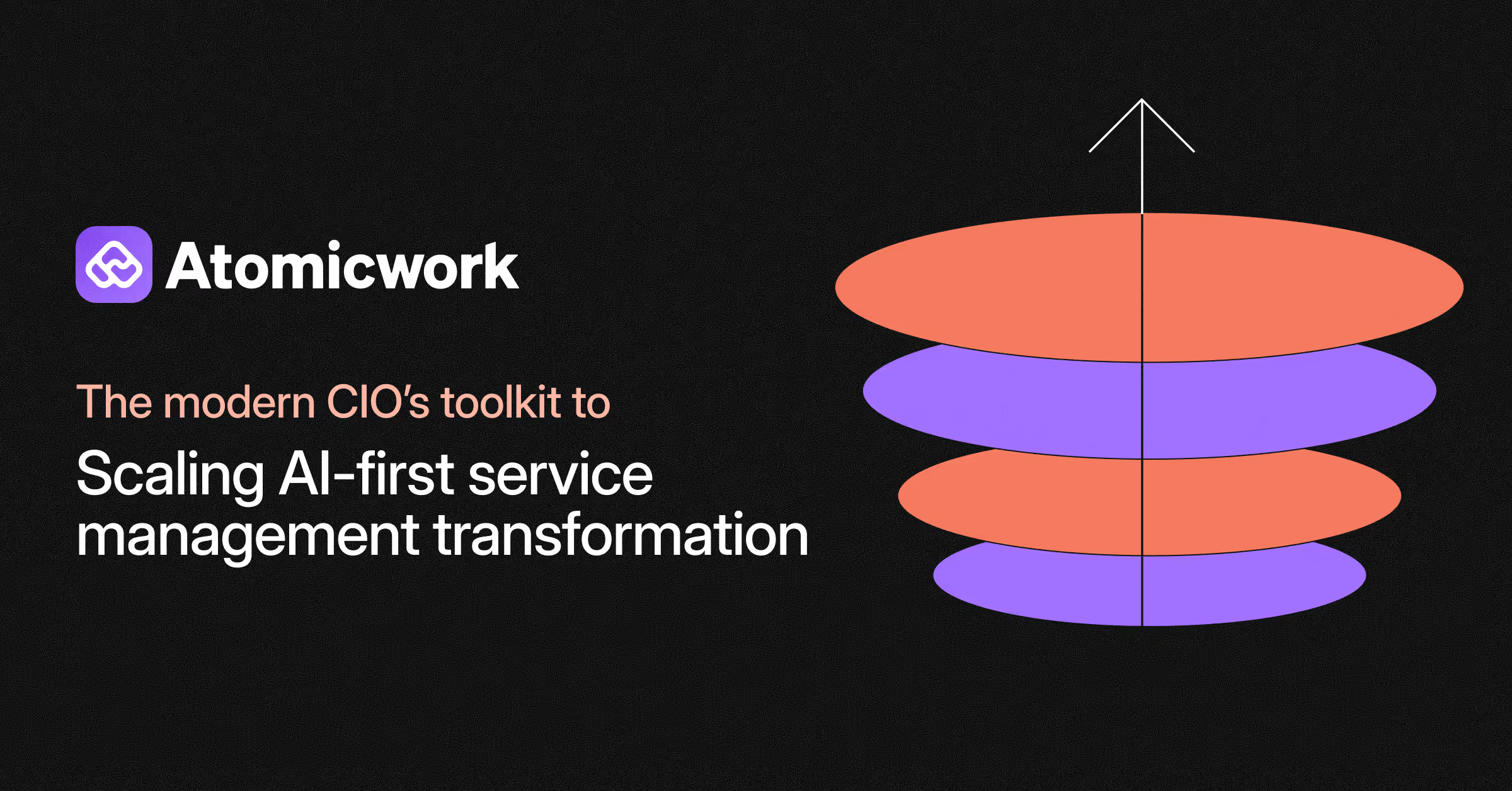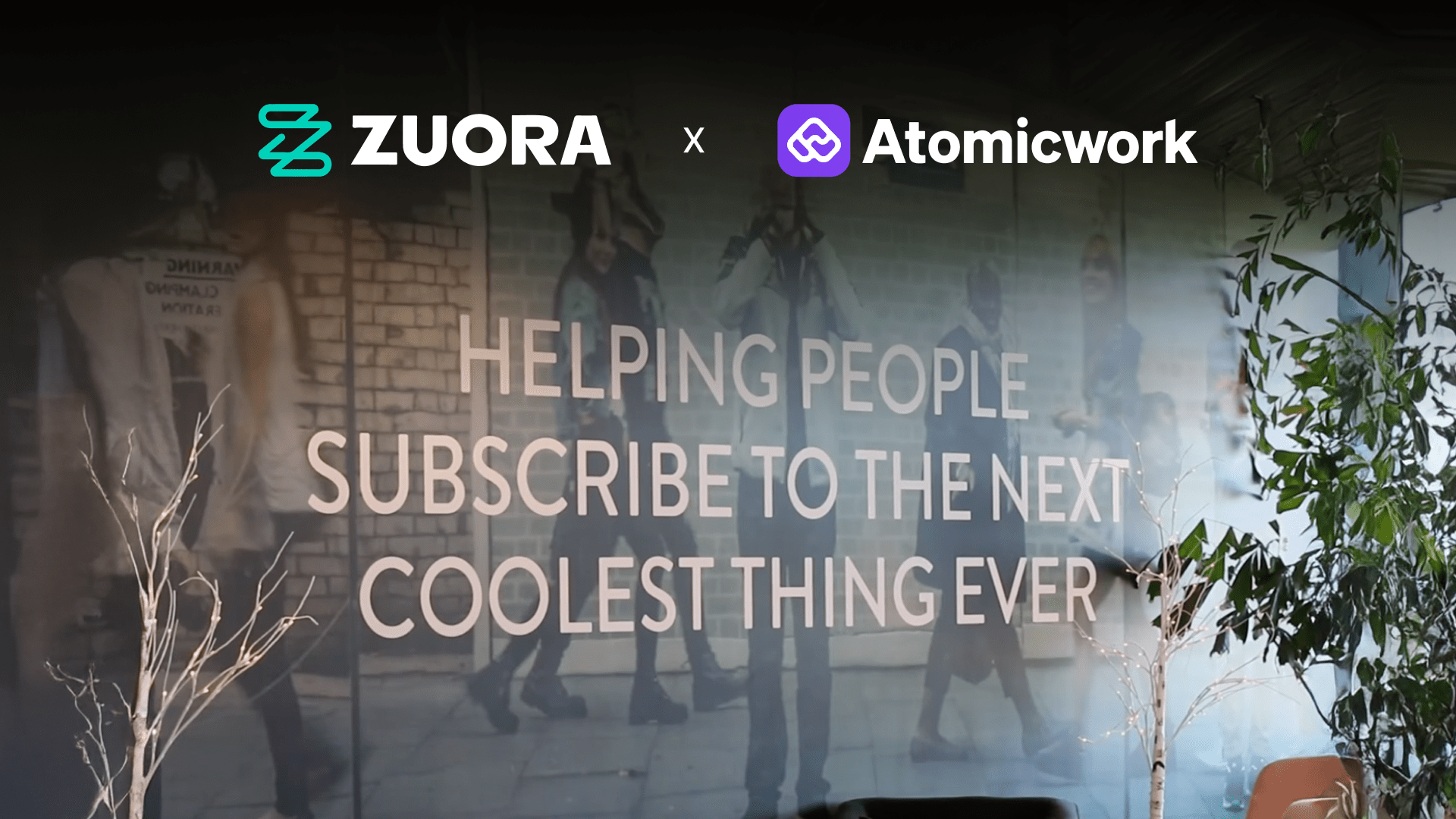

















There is no doubt that one can’t keep perpetually ‘experimenting’ with AI in IT service management. Organizations have to, at some point (hopefully soon), do the hard part: actually transforming ITSM with AI.
However, most companies are stuck in pilot purgatory. Atomicwork’s State of AI in IT 2025 report found that 53% of US organizations are still in early AI adoption stages. Moreover, a recent MIT report also states that 95% of AI pilots failed to deliver the financial benefits they promised.
That gap between intention and execution tells a story every CIO knows by heart. You’ve probably run a few successful AI pilots, maybe automated some ticket routing or deployed a chatbot that actually helps people. But scaling those wins across your entire operation? That’s where things get messy.

The expectations around IT support are shifting faster than most organizations can adapt. Here's what's driving the change:

This sounds obvious, but most transformation efforts fail because teams jump straight to vendor demos without figuring out what they’re actually trying to accomplish. Start with an honest assessment of where you are today. Are you still mostly manual? Do you have basic ITSM tools but struggle to scale? Have you automated some knowledge deflection, but can’t get proactive?
Once you know your starting point, use a framework like A-RICE to prioritize which AI initiatives will actually move the needle.
Here’s what doesn’t work: taking your current incident management process and adding AI on top. Traditional ITSM workflows were designed around following processes, not solving problems.
Designing newer, agentic workflows is about reimagining what’s possible when AI agents can reason, plan, and act across your entire technology stack.
Your current infrastructure probably wasn’t built for AI workloads. According to recent data, 62% of IT leaders are now planning infrastructure needs 1-3 years ahead because AI demands keep growing.
You need to think about the processing power to handle real-time AI workloads, clean data that flows between all your systems, and the ability for AI agents to actually connect and work with your existing tools. Organizations that succeed in transformation treat AI as a core layer that’s built into everything from day one.
Your environment probably has more AI tools than you realize. Chatbots in portals, copilots in applications, browser extensions that use AI, they’re literally everywhere. Without proper governance, you’ll end up with scattered data, security gaps, and no idea what’s actually happening.
Setting up a central registration system for all AI tools, defining clear handoff points between AI and human agents and being transparent about when employees are talking to AI versus humans can help strengthen governance.
Your team is probably worried about job security, and pretending they’re not won’t help anyone.
The solution is to be honest about how roles will change and investing in helping people adapt. Start by involving your team in identifying which repetitive tasks they’d happily hand off to AI and creating new job roles–like an AI implementation specialist or AI governance leads–to help accelerate AI adoption.
ROI from AI isn’t ‘automatic’. According to our report, 71% of organizations that see positive AI ROI invested at least 10% of their IT budget in AI initiatives, forging a positive AI trust cycle for more ambitious transformations.
Define success metrics upfront across key areas like productivity gains, employee satisfaction, collaboration improvements, and business agility to prove the value of your current transformation efforts.
Most CIOs understand that AI will fundamentally change how IT support works. The question is whether you’ll lead that change or react to it.
The organizations that thrive will rethink how service delivery works from the ground up. They’ll invest in their people, establish clear governance, and measure success systematically.
This transformation requires frameworks, detailed implementation plans, and insights from organizations that have already made the journey successfully–all of which are included in our newly launched service management transformation kit for modern CIOs like you.
Download the kit and accelerate your ITSM transformation journey.




